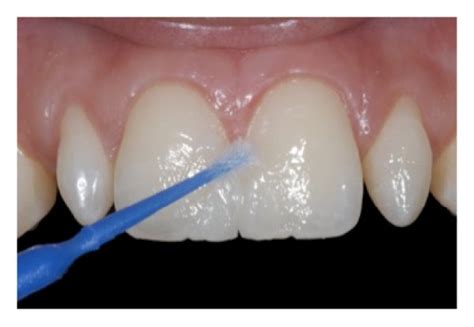Dental Cement Removal: Simple Steps for Success
Dental cement, while crucial for securing various dental restorations, can sometimes become a source of irritation or require removal for various reasons. Whether it's leftover cement causing discomfort, the need for a replacement restoration, or a simple cleaning procedure, knowing how to remove dental cement safely and effectively is vital. This comprehensive guide outlines simple steps for successful dental cement removal, addressing common questions and concerns.
What is Dental Cement and Why Might It Need Removing?
Dental cement is a bonding agent used in dentistry to secure crowns, bridges, inlays, onlays, and orthodontic appliances. Different types exist, each with unique properties and removal techniques. The need for removal can arise from several scenarios:
- Excess Cement: Leftover cement after a procedure can irritate the gums or interfere with proper occlusion (bite).
- Restoration Replacement: If a crown or other restoration needs replacing, the old cement must be removed first.
- Cement Failure: Cement can degrade over time, leading to loosening of the restoration. Removal is necessary to re-cement the restoration or replace it.
- Orthodontic Treatment: Cement is used to bond brackets to teeth; removal is essential at the end of orthodontic treatment.
- Cleaning: In some cases, cleaning around a restoration might require removing some cement.
How to Remove Dental Cement at Home (with Caution!)
Disclaimer: While some minor cleanup might be possible at home, attempting major cement removal without professional dental tools and expertise is strongly discouraged. Improper removal can damage teeth, restorations, or gums. Always consult a dentist for significant cement removal.
That being said, for minor excess cement, you can try:
- Gentle Brushing: Use a soft-bristled toothbrush and a fluoride toothpaste to gently remove any visible excess cement. Focus on the gumline where cement often accumulates. Avoid forceful brushing.
- Dental Floss: Carefully floss around the restoration to dislodge any small pieces of cement.
What Tools Do Dentists Use for Dental Cement Removal?
Dentists employ specialized instruments for efficient and safe cement removal. These include:
- High-speed handpieces: These rotate at high speeds to remove cement quickly and precisely.
- Ultrasonic scalers: These use vibrations to break down and remove cement.
- Hand instruments: Various picks, explorers, and curettes are used for manual removal, particularly in delicate areas.
- Air abrasion: This technique uses a stream of air and abrasive particles to remove cement with minimal tooth structure removal.
What are the Different Types of Dental Cement and How are They Removed?
The removal method depends heavily on the type of cement used:
- Zinc phosphate cement: This is a relatively strong cement and requires more force for removal.
- Glass ionomer cement: This cement is less strong and generally easier to remove.
- Resin-modified glass ionomer cement: This offers a balance between strength and ease of removal.
- Composite resin cement: This is a strong cement that may require specialized tools for effective removal.
How Long Does Dental Cement Removal Take?
The time required for dental cement removal varies significantly depending on factors such as the type and amount of cement, the location and complexity of the restoration, and the chosen removal technique. Simple procedures might take a few minutes, while more complex cases could require considerably longer.
Can I Remove Dental Cement Myself? What are the Risks?
It is strongly advised against attempting to remove dental cement yourself. The risks associated with DIY cement removal are substantial:
- Tooth Damage: Improper techniques can damage the enamel or dentin of the teeth.
- Restoration Damage: The restoration itself can be chipped, cracked, or dislodged.
- Gum Injury: The gums can be cut or irritated.
- Infection: Improper removal can introduce bacteria and lead to infection.
Always seek professional dental care for any concerns regarding dental cement removal.
Conclusion: Prioritize Professional Care for Dental Cement Removal
While minor cleanup can sometimes be attempted at home with extreme caution, professional dental intervention is essential for safe and effective dental cement removal. The expertise and specialized tools used by dentists minimize risks and ensure the preservation of your dental health. If you have any concerns about excess cement or the need for cement removal, scheduling an appointment with your dentist is the best course of action.

